9 Foods That Vietnamese Eat For Breakfast
Breakfast is truly a king in Vietnam, compared to lunch and dinner
Breakfast plays a very important role as it is the energy source for a whole hard working day. In the past, breakfasts were cooked by deft hands of women in a family which enhances much the taste of the foods. In this day and age, Vietnamese women are busier with their social roles and cannot cook breakfast so frequently, so street-food stalls and restaurant are more appropriate choices. This article is going to present 9 most popular breakfast dishes in Vietnam which can both be cooked at home or found at restaurants.
Pho
Pho remains an iconic dish of Vietnam and is cherished as a breakfast favorite among locals and visitors alike. There are countless Pho restaurants throughout Vietnam, each offering a unique flavor profile due to variations in preparation and spices. The two primary types are Pho Bo (beef Pho) and Pho Ga (chicken Pho), each relying on the richness of stewed cow or chicken bones combined with various spices. The rice noodles used in Pho are made from a particular variety of fragrant rice known as "gao te." The most popular servings are Pho Bo Tai (rare beef fillet) and Pho Ga (boneless chicken). Other versions include Pho Bo Gau, Pho Bo Tai Nam, and Pho Sot Vang. Fresh lemon and chili peppers are essential condiments that enhance the overall experience of Pho.
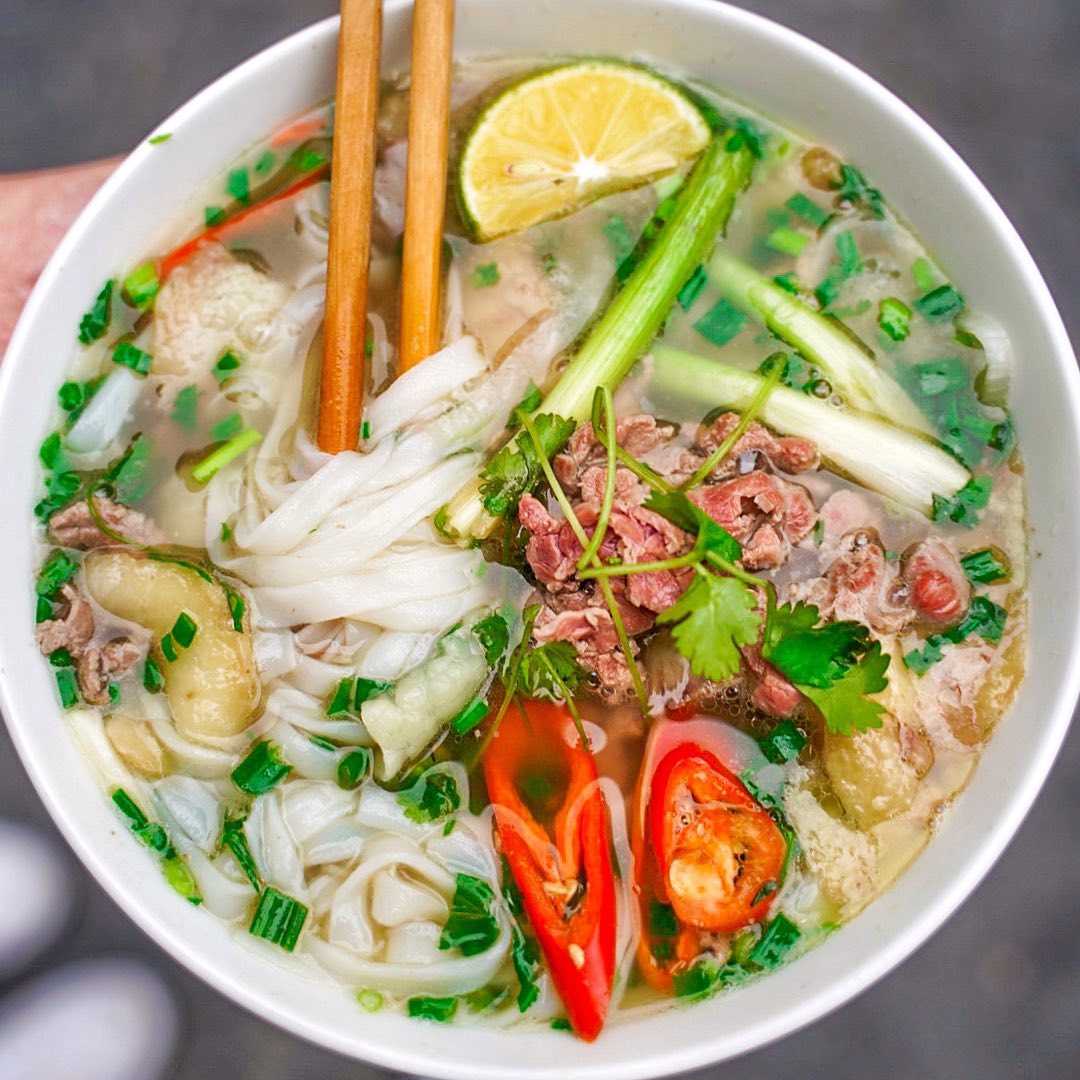 Pho - Photo: @jennerous_eats
Pho - Photo: @jennerous_eats
Discover more about the rich tradition of Vietnamese Pho.
Bun (Rice Vermicelli)
Bun, another beloved Vietnamese dish, is made from rice flour but takes the form of thin, round noodles as opposed to the flat noodles found in Pho. The variety of broths used to prepare Bun leads to a diverse range of dishes, with favorites including Bun Cha (vermicelli with grilled pork), Bun Rieu (vermicelli with crab), Bun Thang (mixed vermicelli), Bun Ca (vermicelli with fish), and Bun Oc (vermicelli with snails). Bun Bo, originating from Hue, is the beef variant that stands out. The defining feature of Bun is its distinctively sour broth, often made with tomatoes, Garcinia cowa, and lime.
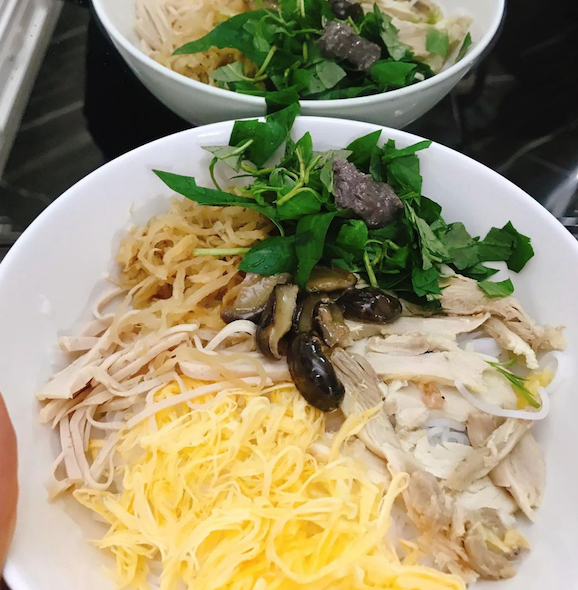 Photo: @thanh_bunthanggiatruyen
Photo: @thanh_bunthanggiatruyen
Mien (Cellophane Noodles/Glass Noodles)
Mien, similar in shape to Bun, is unique in that it is not made from rice but rather from seaweed and cassava flour, resulting in a low-calorie, gluten-free option that is popular among vegetarians. The broth's ingredients are largely reminiscent of Pho, but it typically has a more pronounced sour and fishy flavor, especially since Mien is often paired with seafood. Mien Luon (eel Mien) is particularly famous in Hanoi, using an eel bone broth with slices of fried eel, and is usually accompanied by fresh herbs to mitigate the dish’s fishiness. Other variations include Mien Ngan (with goose meat), Mien Cua (with crab), and Mien Ga (with chicken).
 Cellophane Noodles - Photo: @kikifoodies
Cellophane Noodles - Photo: @kikifoodies
Xoi (Sticky Rice)
While Pho garners global fame, Xoi is equally popular in Vietnam as a breakfast staple. It’s common to come across street vendors selling Xoi in bustling neighborhoods, especially during mornings. This sticky rice dish comes in various forms, ranging from inexpensive options like Xoi Gac (colored with Gac oil) and Xoi Do Xanh (with green beans) to more luxurious versions like Xoi Trung (with egg) and Xoi Cha (with Vietnamese meatloaf).
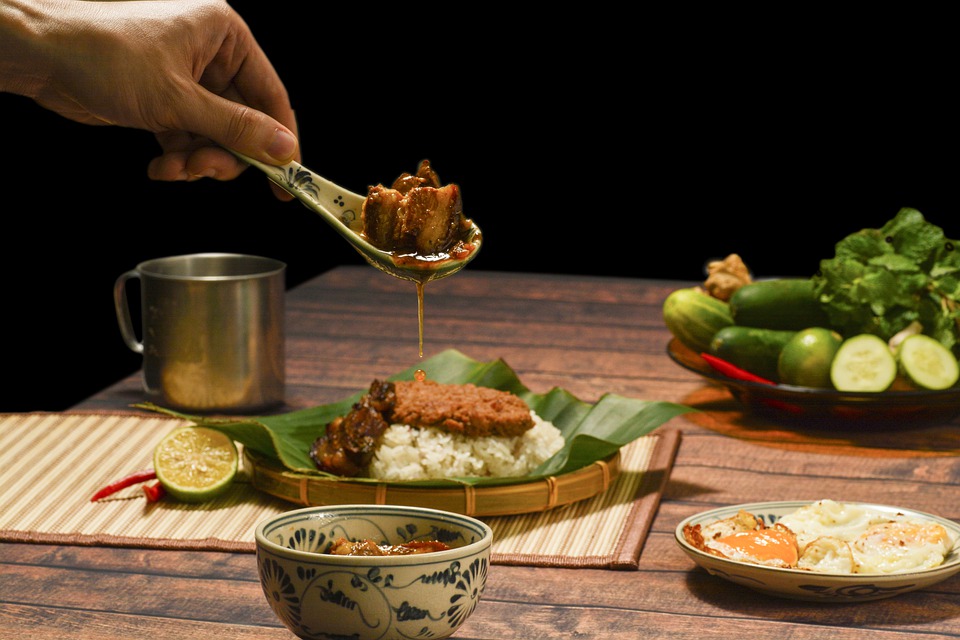 Sticky Rice
Sticky Rice
Learn more about the delicious varieties of Vietnam's Xoi.
Banh Mi (Vietnamese Bread)
Banh Mi originated from French colonial influences in Vietnam during the late 1800s. Initially, the French introduced liver pâté as a primary filling, but Vietnamese cooks have diversified Banh Mi into a culinary sensation incorporating a wide array of ingredients, including pickled vegetables, shrimp, pork sausage, and spicy sauces. More recently, the Turkish Döner Kebab has also inspired some Banh Mi shops, marking the evolution of this beloved dish.
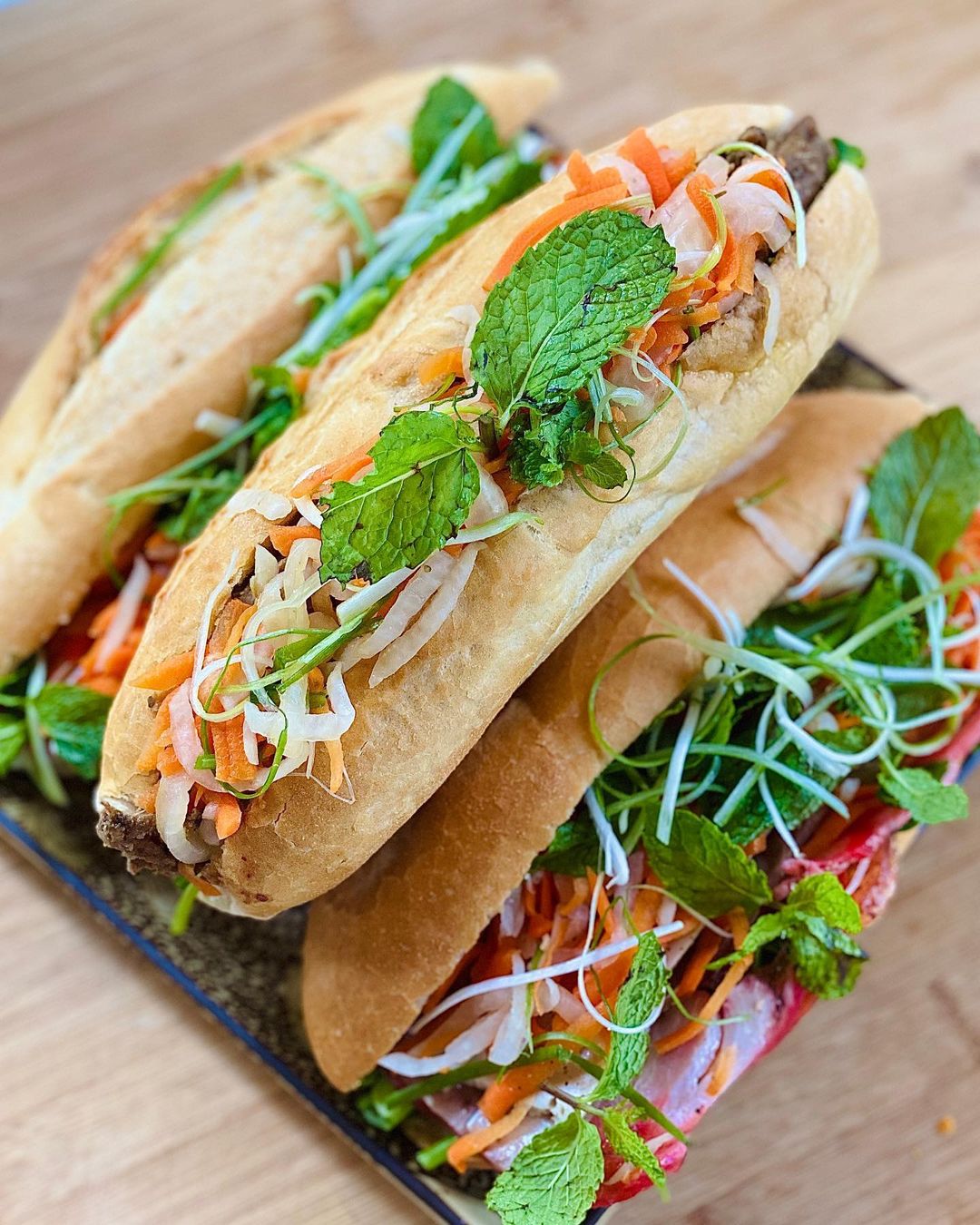 Banh Mi - Photo: @juliejulez.jpg
Banh Mi - Photo: @juliejulez.jpg
Banh Cuon (Rice Flour Steamed Rolls)
Another rice flour delicacy, Banh Cuon consists of thin, steamed rice crepes filled with seasoned minced pork and wood ear mushrooms. Typically served with Cha Que (Vietnamese pork sausage) and a special dipping sauce called "nước chấm," which used to incorporate drops of rare Ca Cuong oil for enhanced flavor. However, this ingredient has become increasingly rare and expensive.
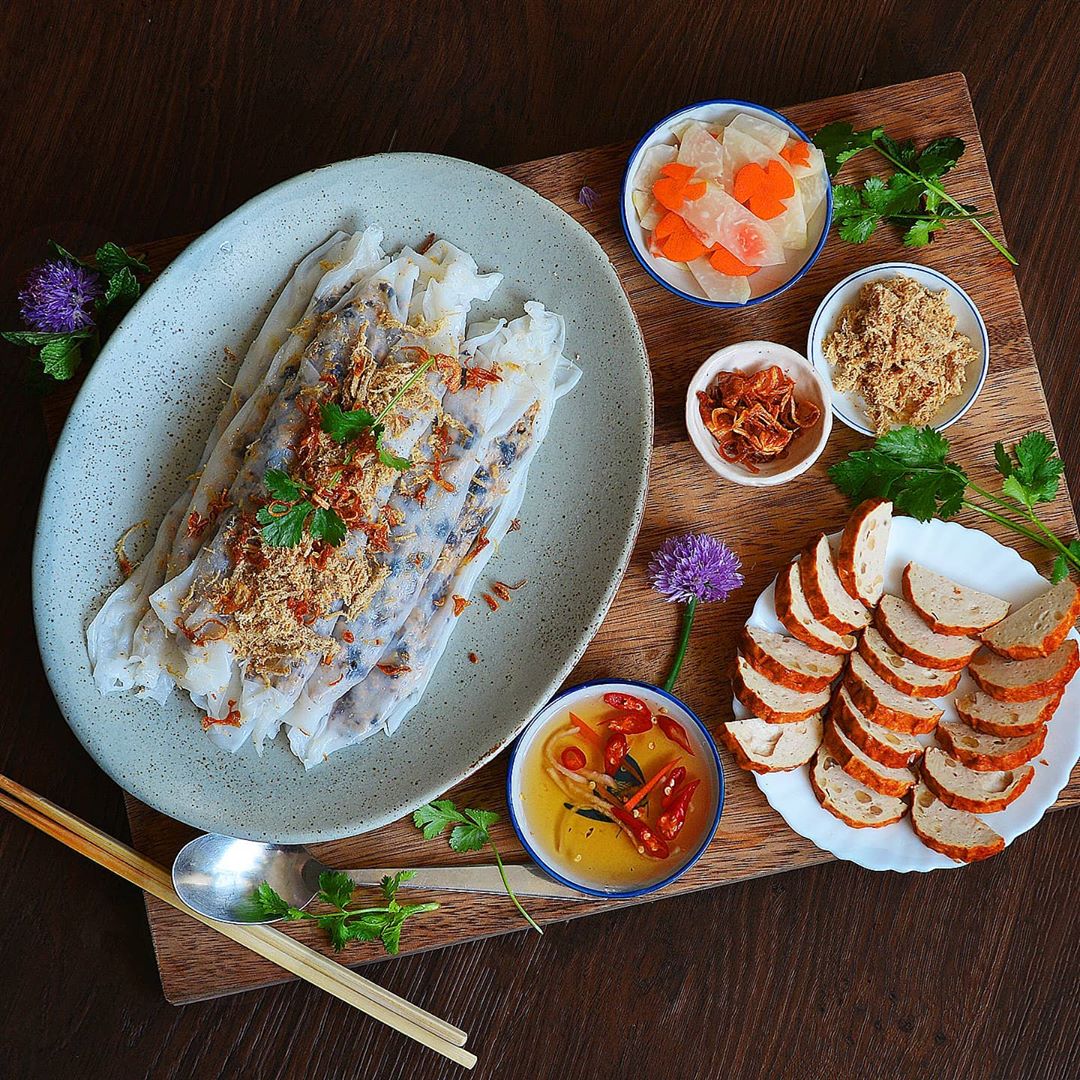 Banh Cuon - Photo: @cookingwithmamamui
Banh Cuon - Photo: @cookingwithmamamui
Explore more about Bánh Cuốn.
Chao (Congee/Porridge)
Chao, or rice porridge, is one of the most versatile dishes in Vietnam, suitable for breakfast as well as other meals throughout the day. Often regarded as comfort food, Chao can be made extravagant with various meats. For instance, Chao Ga is prepared with whole chicken for a rich broth, while other varieties such as Chao Vịt (duck) and Chao Lươn (eel) made using similar techniques follow.
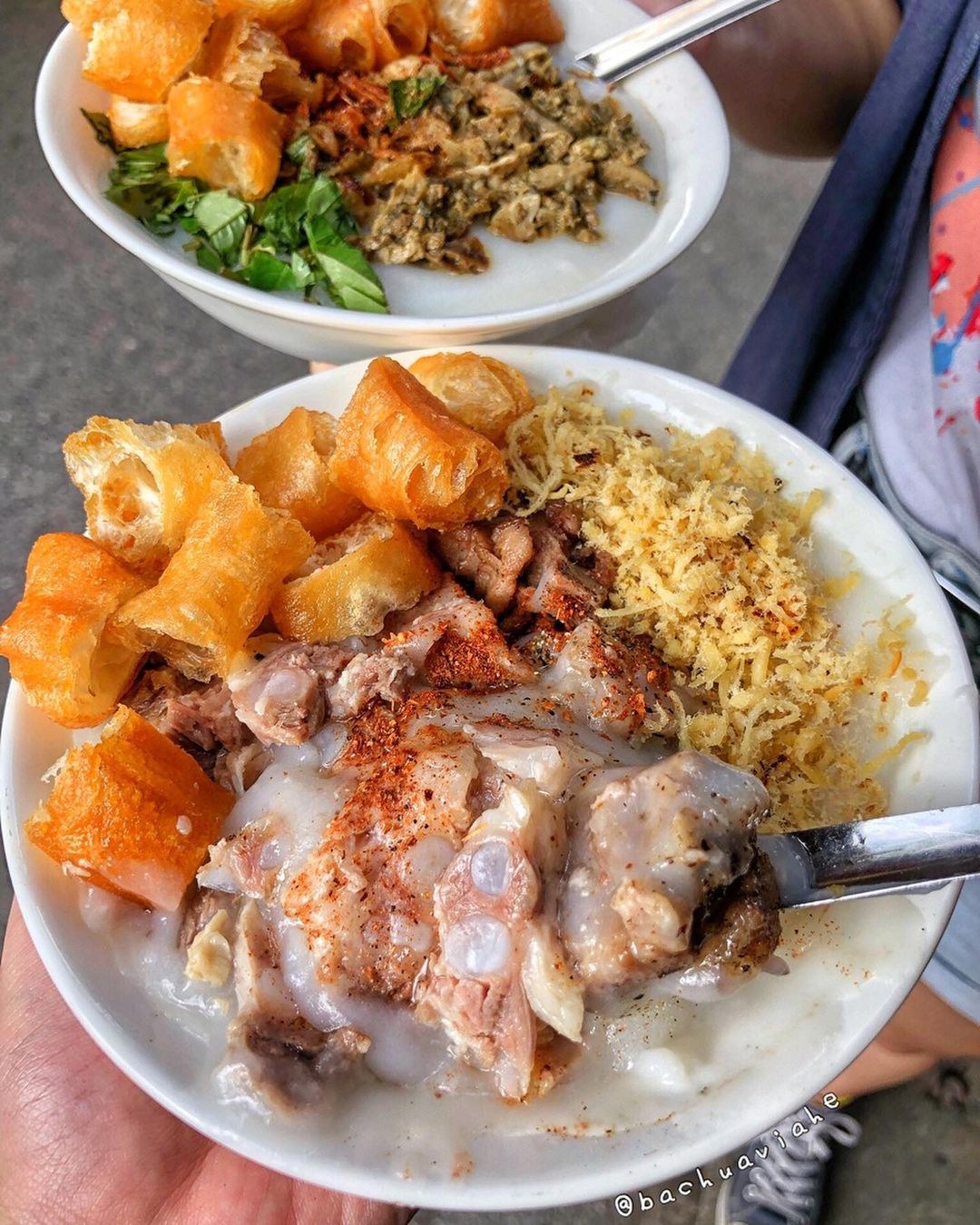 Chao - Photo: @bachuaviahe
Chao - Photo: @bachuaviahe
Trứng Vịt Lộn (Balut)
Trứng Vịt Lộn refers to duck eggs that contain partially developed embryos, often boiled and enjoyed for their unique texture. This dish tends to evoke mixed reactions from Western visitors; however, those who brave the initial shock often find it to be richer and tastier than traditional chicken eggs, loaded with protein. Trứng Vịt Lộn is beloved throughout Vietnam, frequently available at breakfast stalls.
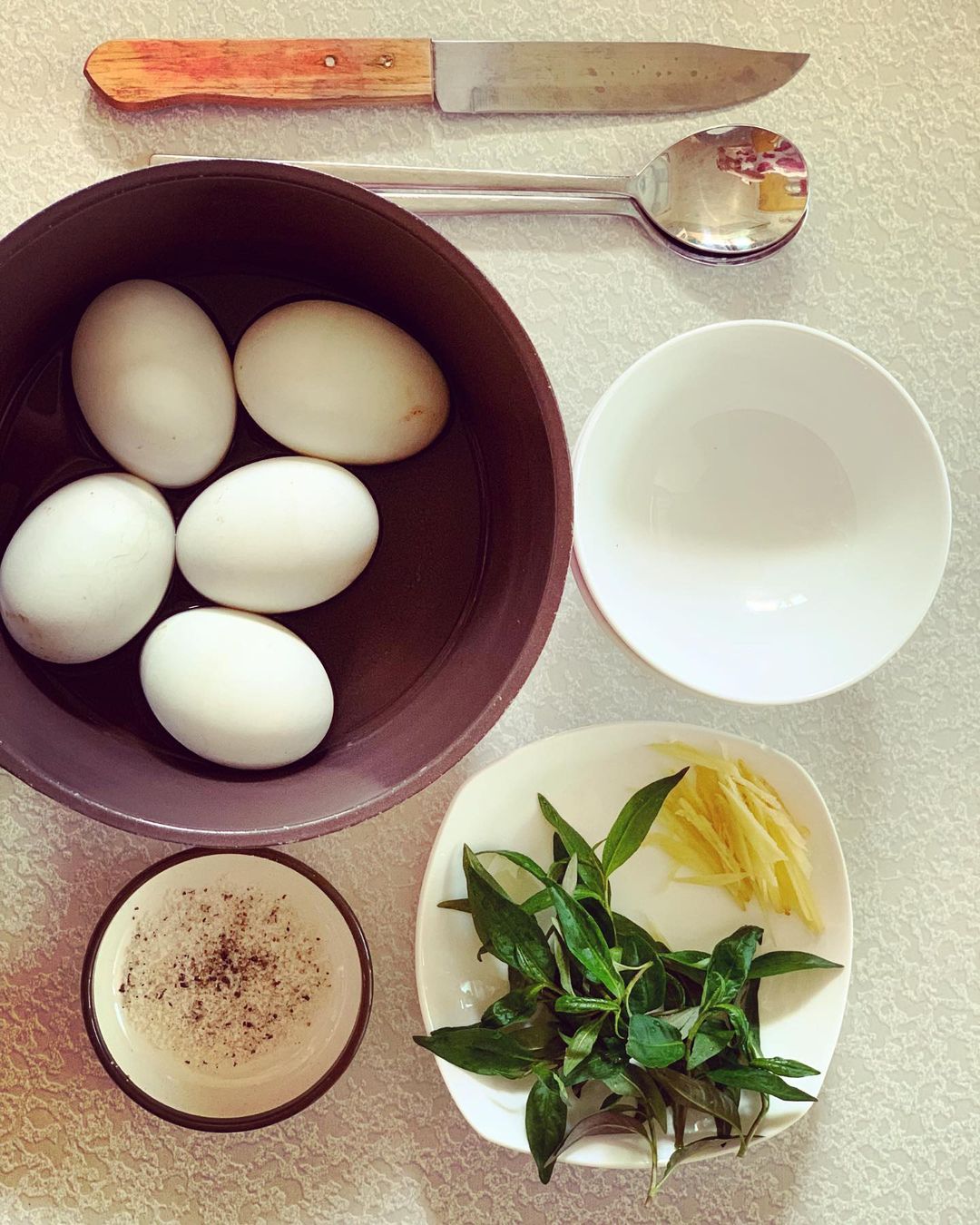 Trung Vit Lon - Photo: @blackpage161
Trung Vit Lon - Photo: @blackpage161
Vietnamese 'Banh'
Rather than focusing on a single dish, this section pays homage to the multitude of Vietnamese breakfast cakes known as 'Banh.' Varieties such as Bánh Chưng Rán, Bánh Giò, Bánh Khúc, Bánh Rán, Bánh Nếp, Bánh Tẻ, Bánh Đúc, Bánh Dày, and Bánh Bao showcase the diversity and richness of Vietnamese cuisine. These savory, easy-to-carry treats are often filled with mung beans and can be found at street food stalls or sold by mobile vendors.
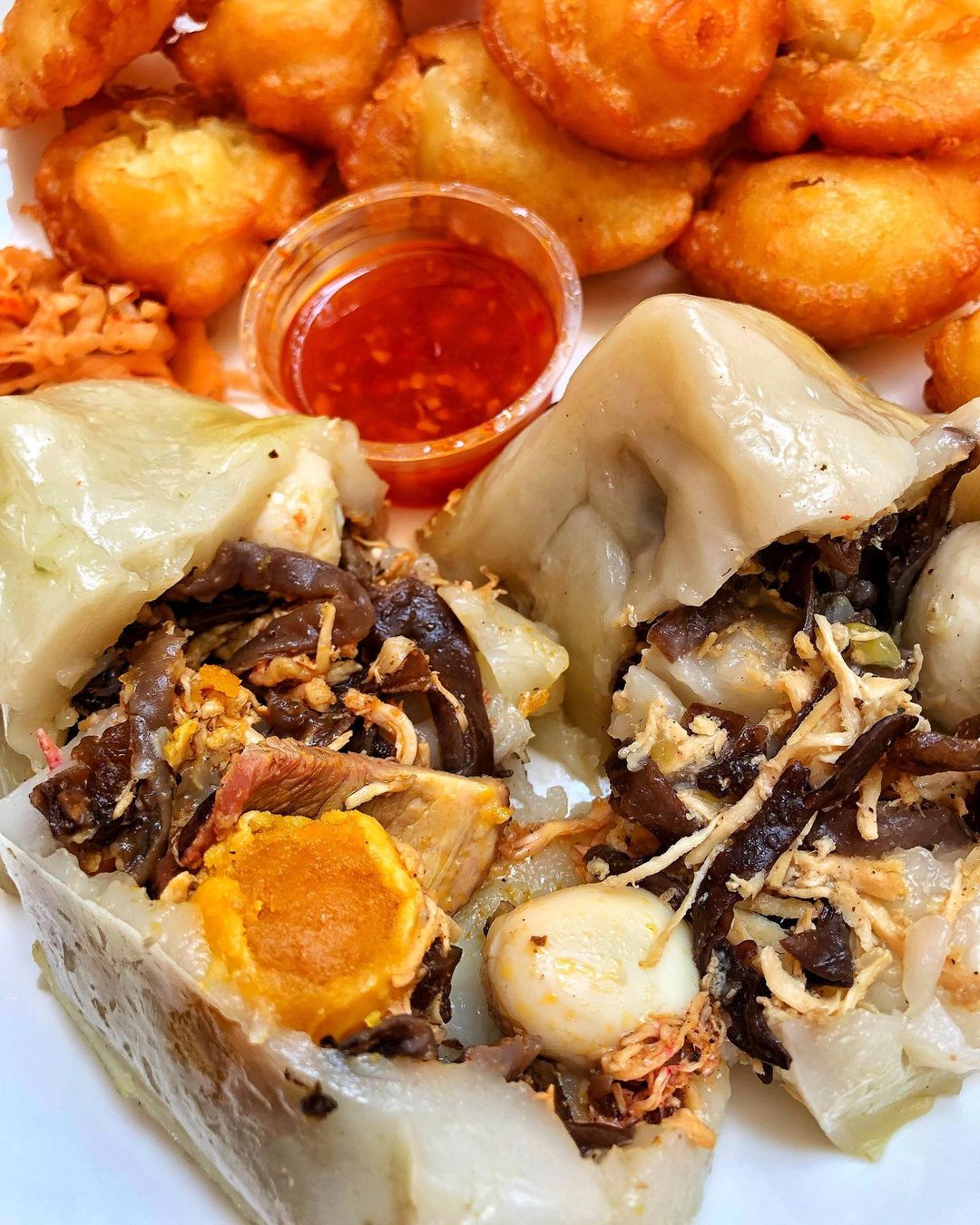 Banh Gio - Photo: @citastyfood
Banh Gio - Photo: @citastyfood
Delve into the various types of Vietnamese Bánh.

Best Things To Do In Moc Chau
Moc Chau Town is among the top-rated tourist destinations in northern Vietnam brimming with ultramodern and natural sightseeing attractions.
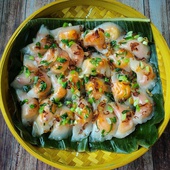
Vietnamese Snacks Among Best In The World
Vietnamese cuisine has long been known as among the most abundant and delicious cuisines in the world.
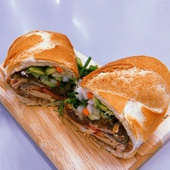
The Most Expensive "Banh Mi" In Ho Chi Minh City That Is Worth A Try
Long queues of Saigoneses, tourists, and shippers in front of the "banh mi" Huynh Hoa shop have long become a familiar scene every afternoon.








